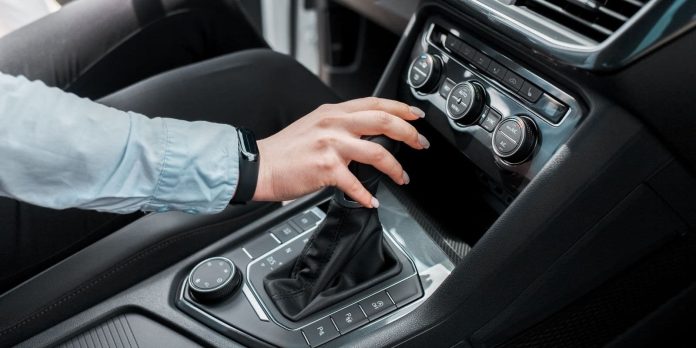Їзда на задньому ходу — звична ситуація для водіїв, коли потрібно маневрувати на парковці чи виконати невеликі маневри. Однак багато хто не замислюється над тим, як довга їзда на реверсі може вплинути на стан автомобіля. Звісно, для коротких відстаней це навряд чи буде проблемою, але, якщо ви плануєте проїхати кілька кілометрів, варто знати, чому це може бути небезпечно для вашого транспортного засобу.
Основна причина того, чому тривала їзда на задньому ходу може шкодити автомобілю, криється в конструкції його коробки передач. Задня передача влаштована не так, як передні. Якщо ви подивитеся на коробку передач без корпусу, ви помітите, що шестерня для заднього ходу зазвичай має прямі зуби, а для передніх передач — косі.
Шестерні з прямими зубами дешевші у виробництві та простіші в конструкції, але вони значно швидше зношуються і працюють шумніше. Власне, саме тому задній хід часто супроводжується характерним дзижчанням. Крім того, матеріали для виготовлення цих шестерень зазвичай не такі міцні, як для передніх передач, що також впливає на їхній термін служби. Усі ці фактори призводять до того, що задня передача має менший ресурс і вимагає більшої обережності при використанні.
Іншим важливим аспектом є система охолодження автомобіля. Вона розрахована на роботу під час руху вперед, коли потік повітря сприяє охолодженню радіатора, розташованого спереду. При русі назад ця система працює менш ефективно: потік повітря обминає радіатор, і двигун може перегріватися, особливо якщо рухається довгий час. Звісно, у двигуні є вентилятор, що примусово охолоджує радіатор, однак тривала їзда на реверсі може призвести до того, що він працюватиме в граничному температурному режимі. Для коротких поїздок це не має великого значення, але коли справа доходить до кількох кілометрів руху на задньому ходу, ризики для двигуна і коробки передач зростають. Висока температура може призвести до перегріву і навіть до часткової втрати ефективності охолодження.
У більшості випадків автомобіль впорається з кількома метрами або навіть кількома десятками метрів їзди задом, не завдаючи значної шкоди. Однак тривала їзда на реверсі може призвести до підвищеного зносу коробки передач та двигуна через неефективну роботу охолоджувальної системи і конструктивні особливості шестерень заднього ходу.
Рекомендація проста: намагайтеся уникати тривалих поїздок на задньому ходу і використовуйте цей режим лише для маневрів чи коротких відстаней. Якщо ж вам все ж потрібно здійснити довгу поїздку на реверсі, будьте готові до того, що це може скоротити термін служби окремих елементів автомобіля.


